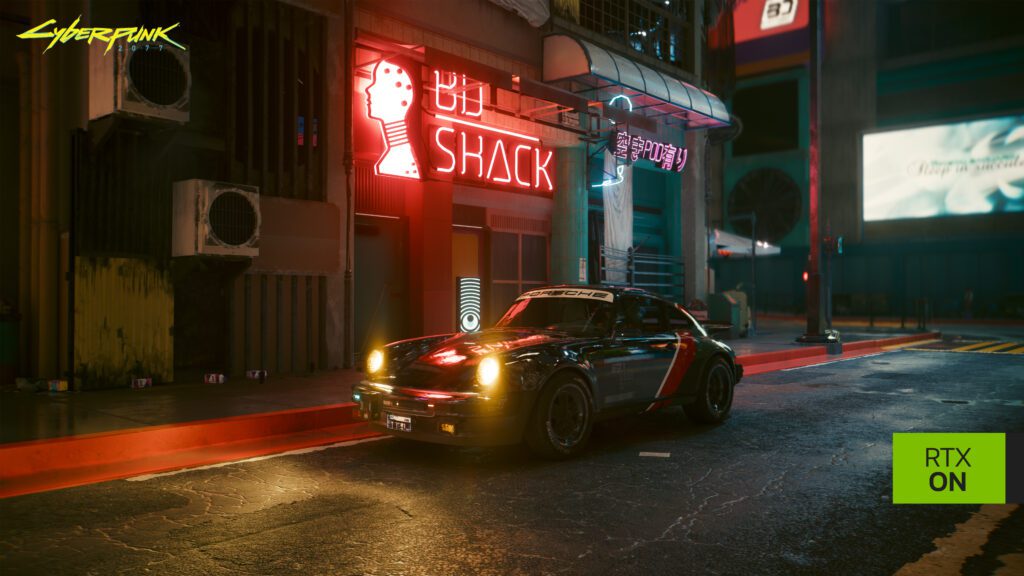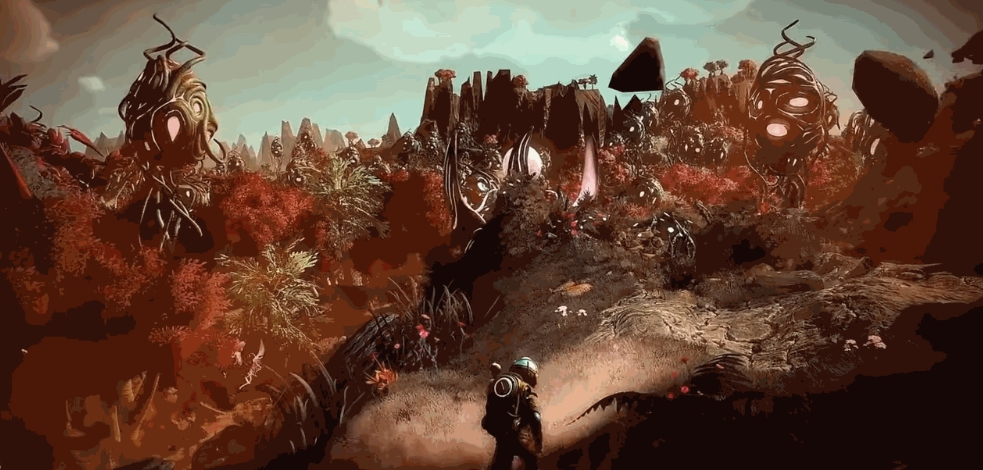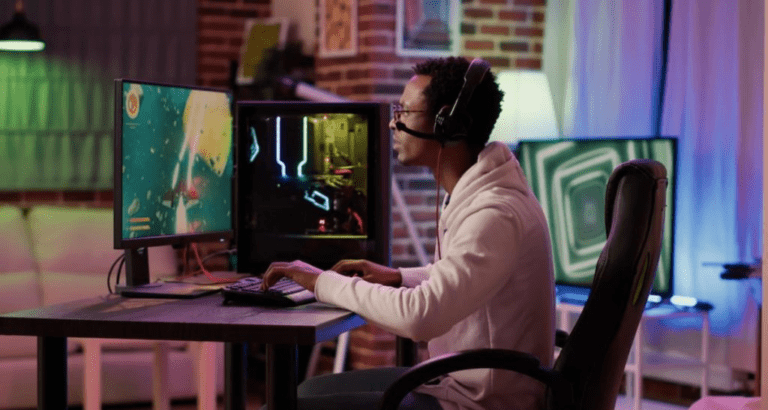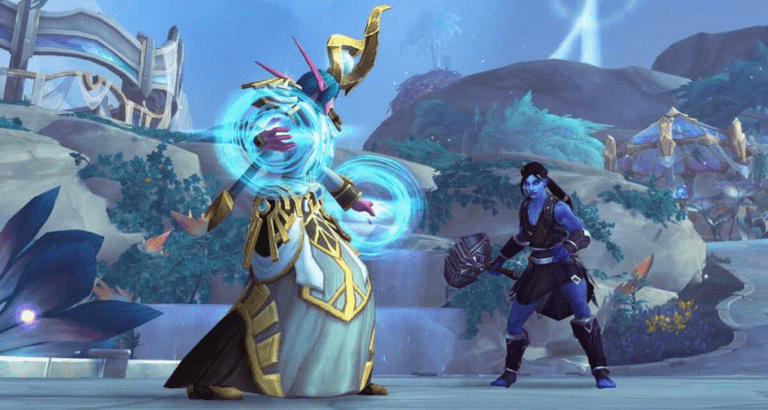Takeaway
In the competitive landscape of 3D game development, studios are constantly seeking innovative techniques to enhance visual fidelity and overall player experience. This article delves into five essential graphics secrets that can significantly elevate the quality of 3D games, ensuring they stand out in a crowded market.
1. Advanced Lighting Techniques
Lighting is one of the most critical aspects of 3D graphics, as it can dramatically influence the mood, atmosphere, and realism of a game. Advanced lighting techniques such as Global Illumination (GI) and High Dynamic Range (HDR) rendering are widely adopted by top-tier studios.
Global Illumination simulates how light bounces off surfaces and interacts with the environment, creating a more realistic lighting scenario. Techniques like ray tracing have gained traction, allowing for real-time reflections and shadows that enhance immersion. For instance, games like Cyberpunk 2077 utilize ray tracing to create lifelike reflections and dynamic lighting that reacts to player actions.

Example of ray tracing in Cyberpunk 2077, shown above.
High Dynamic Range rendering expands the range of colors and brightness levels, allowing for more vibrant visuals. This technique is particularly effective in creating stunning sunsets or bright daylight scenes, making environments feel more alive. According to a report by Gamasutra (2020), HDR can increase the perceived quality of graphics by up to 30%.
2. Texture Optimization and Streaming
Textures play a pivotal role in defining the visual quality of 3D models. However, high-resolution textures can be resource-intensive, leading to performance issues. Texture optimization techniques, such as mipmapping and texture streaming, are essential for maintaining quality without sacrificing performance.
Mipmapping involves creating multiple versions of a texture at different resolutions. This allows the game engine to select the appropriate texture based on the distance from the camera, reducing the load on the GPU while maintaining visual fidelity. Texture streaming, on the other hand, dynamically loads textures based on the player’s location and view, ensuring that only necessary textures are loaded into memory. This technique is effectively utilized in games like The Witcher 3, where vast open worlds require efficient resource management.
According to a study by Epic Games (2021), implementing texture streaming can reduce memory usage by up to 50%, allowing for more detailed environments without compromising performance.
3. Procedural Generation
Procedural generation is a powerful technique that allows developers to create vast, complex environments and assets algorithmically rather than manually. This method not only saves time but also enhances the uniqueness of game worlds, providing players with a fresh experience each time they play.
By using algorithms to generate terrain, vegetation, and even entire cities, studios can create expansive worlds that feel alive and varied. Games like No Man’s Sky have leveraged procedural generation to create an entire universe with billions of planets, each with its own ecosystems and landscapes.

Procedural generation enables billions of worlds in No Man’s Sky.
Moreover, procedural generation can be combined with traditional design methods to create hybrid environments that maintain a high level of detail while benefiting from the scalability of procedural techniques. A report by GDC Vault (2019) highlights that procedural generation can reduce development time by up to 40%, allowing studios to allocate resources to other critical areas of game development.
4. Post-Processing Effects
Post-processing effects are essential for enhancing the visual quality of 3D games after the rendering process. Techniques such as bloom, depth of field, motion blur, and ambient occlusion can add layers of realism and polish to a game’s graphics.
Bloom creates a glowing effect around bright areas, simulating how light behaves in the real world. Depth of field blurs distant objects, drawing the player’s focus to the foreground, while motion blur adds a sense of speed and fluidity to fast-moving objects. Ambient occlusion enhances the perception of depth by simulating how light interacts with surfaces in close proximity.
These effects can be adjusted to fit the artistic style of the game, allowing for a tailored visual experience. According to a study by IGDA (2020), implementing post-processing effects can improve player immersion and satisfaction by up to 25%.
5. Asset Management and Level of Detail (LOD)
Efficient asset management is crucial for maintaining performance in 3D games, especially in open-world environments. Level of Detail (LOD) techniques allow developers to use multiple versions of a model at varying resolutions based on the camera’s distance, optimizing rendering performance without sacrificing visual quality.
By creating LOD models, studios can ensure that high-resolution assets are only rendered when the player is close, while lower-resolution models are used at greater distances. This technique is particularly effective in large-scale environments where numerous objects need to be rendered simultaneously. Games like Assassin’s Creed Valhalla utilize LOD to maintain a seamless experience while exploring vast landscapes.
According to a report by CryEngine (2021), implementing LOD can improve frame rates by up to 60%, significantly enhancing the overall gameplay experience.
Conclusion
In summary, the integration of advanced lighting techniques, texture optimization, procedural generation, post-processing effects, and efficient asset management are five graphics secrets that every 3D game studio employs to boost quality instantly. By leveraging these techniques, developers can create visually stunning and immersive experiences that captivate players and stand out in a competitive market. As the gaming industry continues to evolve, mastering these techniques will be essential for studios aiming to push the boundaries of visual fidelity and player engagement.
Key Points
- Advanced lighting techniques like Global Illumination and HDR enhance realism.
- Texture optimization and streaming improve performance without sacrificing quality.
- Procedural generation allows for vast, unique environments efficiently.
- Post-processing effects add polish and realism to graphics.
- Asset management and LOD techniques optimize rendering performance in large-scale environments.

